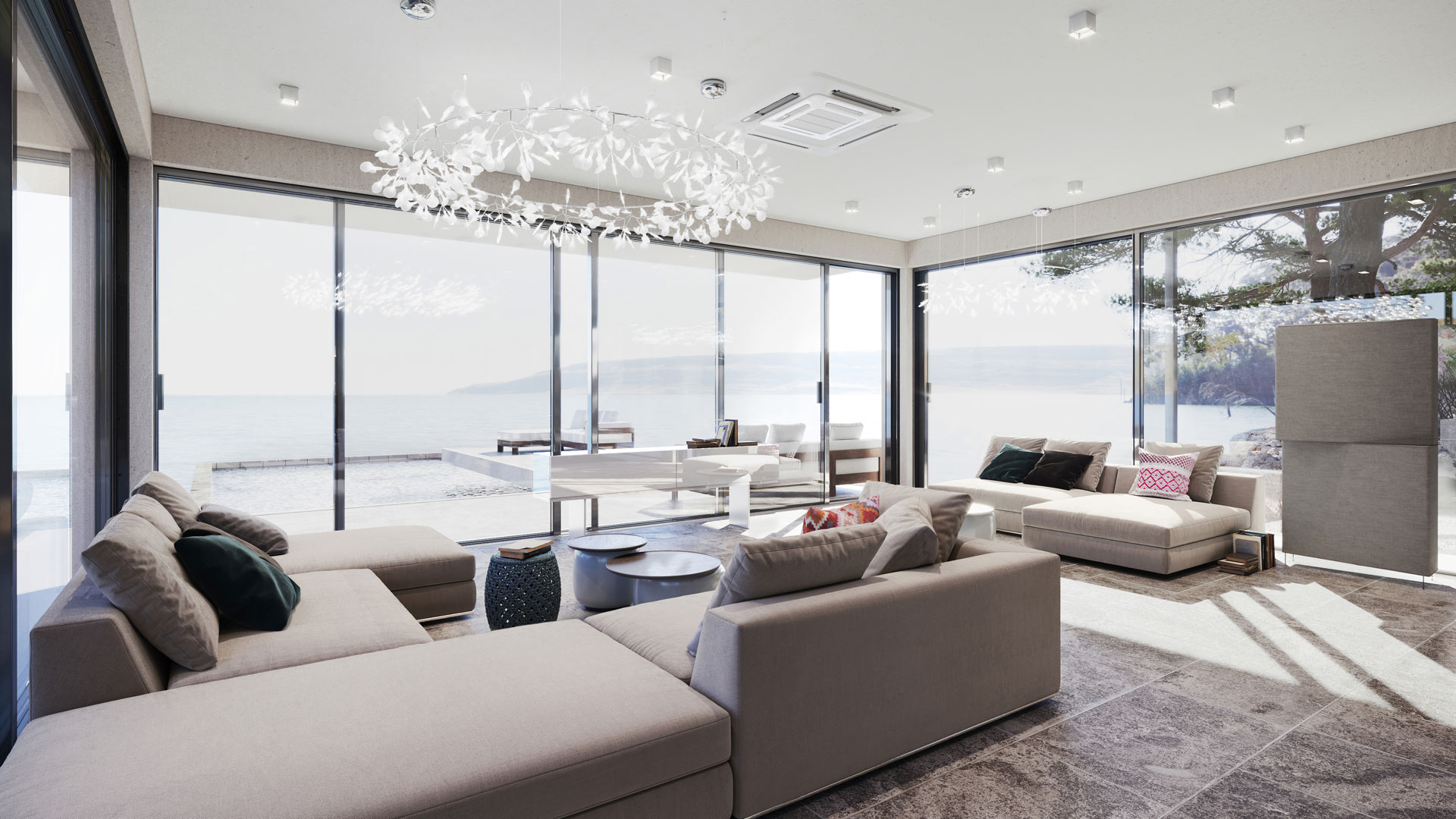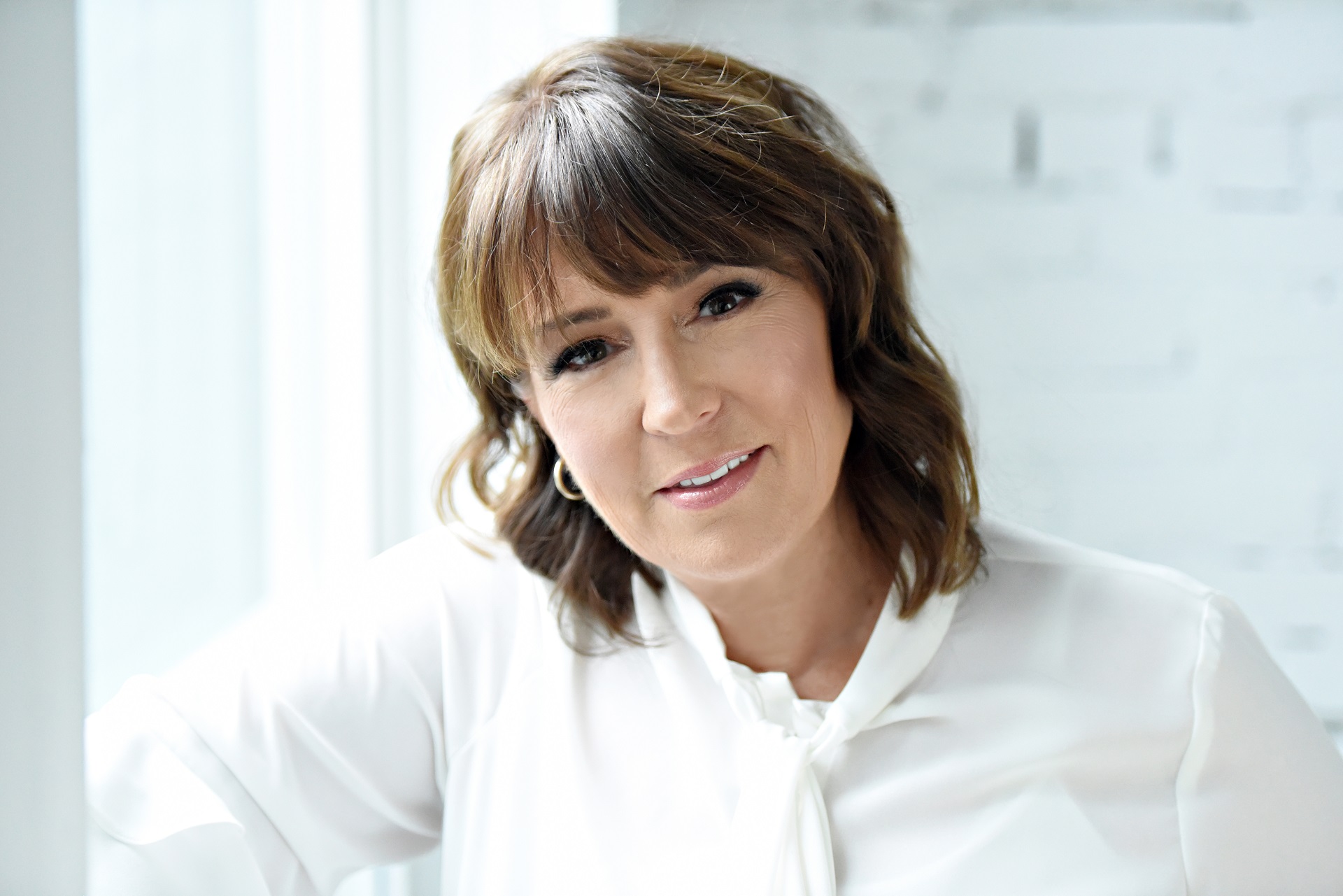Being a successful interior designer isn’t always equal to being a successful business owner. You might create absolutely stunning spaces but struggle to reach understanding with clients, find work-life balance, manage project finances — you name it. The good news is, there is a person who can help you master the art of interior design business.
Meet Kimberley Seldon — a designer with 20 years of experience, owner of an interior design firm, broadcaster, writer, coach, and founder of Business of Design®. BOD™ is an online platform providing designers all over the world with the knowledge, tools, and strategies necessary to build and run a business effectively. What is more, BOD™ is a large community where design professionals can share experience and find support.
The team of our architectural visualization company appreciated the opportunity to talk to Kimberley and get insight into her story and the mission of Business of Design®. Also, we discussed common challenges encountered by interior designers and ways to deal with them. Read the interview with Kimberley and get some insider knowledge on running an interior design business!
Kimberley, why did you choose to work as an interior designer? What exactly attracted you to this career path?
I’m not sure I chose interior design; I think I stumbled backwards into it. My poor mother made the mistake of allowing her 10-year-old to select shag carpeting for the whole house. And I picked a different colour for every room! Once I saw it installed, I knew immediately it was a huge mistake. From that moment on, I had a profound respect for this business.
Did you have any professional business training before starting your firm?
I went to California State University. As for design school, I decided to attend it only after moving to Toronto. I did a two-year accredited program and loved every second of it. Probably because I had a new baby at home and going to school on the weekends and in the evenings got me out of the house.
What working challenges did you personally encounter as an owner of an interior design business?
The truth is that I was ill-equipped to run my own firm. I learned nothing in school about running a business. So, I had no confidence in terms of talking about money or making informed suggestions to clients or managing timelines or trades. I suffered terribly for a number of years, but in truth, so did my clients.
At some point, I reached a crossroads in my business. I had to change careers or figure out how to do a better job at running projects and running a business. Those are actually two different skill sets, although there are some common elements. Luckily, I decided to stick with interior design. I hired a business coach to teach me how to run a business and, in the process, I also learned how to run projects. It wasn’t a fast solution, but small successes kept me going.
Running projects and running a business are actually two different skill sets.
At which point did you realize that you wish to establish a business coaching program for designers? What was the trigger for this decision?

Business of Design® came about organically. As I made improvements to my business, I started talking to other designers about what was working. I think they connected with me because it was obvious I knew, first hand, how difficult this business is. In a short time, I was speaking to local interior design groups about how I was running projects and then I was traveling to groups across North America. Initially, I did all these speaking engagements for free. It was fun, it was important for me to be constantly reminded of what works and what doesn’t, and I honestly thought of it, and continue to think of it as community service.
I formalized the teaching in 2004, and we took it online in 2010. There were no membership sites back then. It was an unusual concept, but it took off, thanks to word of mouth. One Business of Design® member to another.
What services does the Business of Design® (BOD™) team offer its clients?
We see our role as educators and advocates. First and foremost, we teach interior design professionals how to run projects. We explain how to run an interior design project successfully, so you have profitability and happy clients as well as balance in your life. It’s not an easy career, but it’s worthwhile if you have the systems and protocols required to succeed.
How is BOD™ different from other similar coaching programs for designers?
I don’t think there is a similar coaching program. Don’t get me wrong, there are tons of coaches. Many of them are current and former Business of Design® members. We have hundreds of videos with step-by-step instructions, teaching designers how to run projects, what should be in a contract, how to make money, how to manage trades, how to talk to clients, etc. We’ve been working hard at delivering this content for nearly 20 years. In addition, unlike most coaches, I am running a successful interior design firm. I work daily with clients, budgets, timelines, and trades. So when I talk about what works, or what doesn’t, it resonates. It’s authentic.
What are the most common problems your clients face in their interior design businesses? What kind of help do they need from you regarding these issues?
I would say one of the biggest challenges interior design professionals face is a lack of standardized procedures and protocols. Despite our profession being 120 years old, it’s still the Wild West in terms of running the business. New designers or less experienced designers are constantly reinventing the wheel, making it up as they go along. It’s hard to have confidence in that scenario. I think we all need the same thing, reliable systems, protocols, and strategies. That’s true for every business, not just our business.
Interior design professionals need reliable systems, protocols, and strategies.
In your opinion, can a talented designer manage to run a successful firm without professional business training?
Some interior designers come to the profession after having worked in the business world. They may already be very comfortable relying on systems and procedures or managing a profit and loss statement. Maybe they don’t need as much help. That did not describe me, and it does not describe most creatives. Fine artists study with a master. Athletes have a trainer. I think most interior design professionals would benefit from good business training.
What do you think of photorealistic 3D visualization as a tool for a designer’s business? Do you use it in your practice and recommend it to your clients?

3D visualization by ArchiCGI studio
As design professionals, we can visualize what we are proposing to clients but frequently, the client cannot. Therefore, we must rely on tools that help us visually communicate with our clients. 3D renderings for interior designers are amazing tools. If CGI helps you sell your creative vision, or convince clients to trust you, why would you want to work without it?
3D renderings are amazing tools that helps sell your creative vision.
What tips would you give to a talented, creative designer who wants to start their own business? Where to begin?
Come to Business of Design®. I promise you will find like-minded individuals and all the help you need. Of course, I am biased. But in all honesty, our community is invaluable. These are talented, hard-working designers who are running successful businesses. They inspire me every day.
The ArchiCGI team thanks Kimberley Seldon for sharing her knowledge and experience with our readers and us. We wish her and all the BOD™ community great success, prosperity, and the most exciting projects.
In case you need professional interior rendering services for your business, contact us at ArchiCGI and get impeccably photorealistic 3D images of your designs.

Catherine Paul
Content Writer, Editor at ArchiCGI
Catherine is a content writer and editor. In her articles, she explains how CGI is transforming the world of architecture and design. Outside of office, she enjoys yoga, travelling, and watching horrors.



